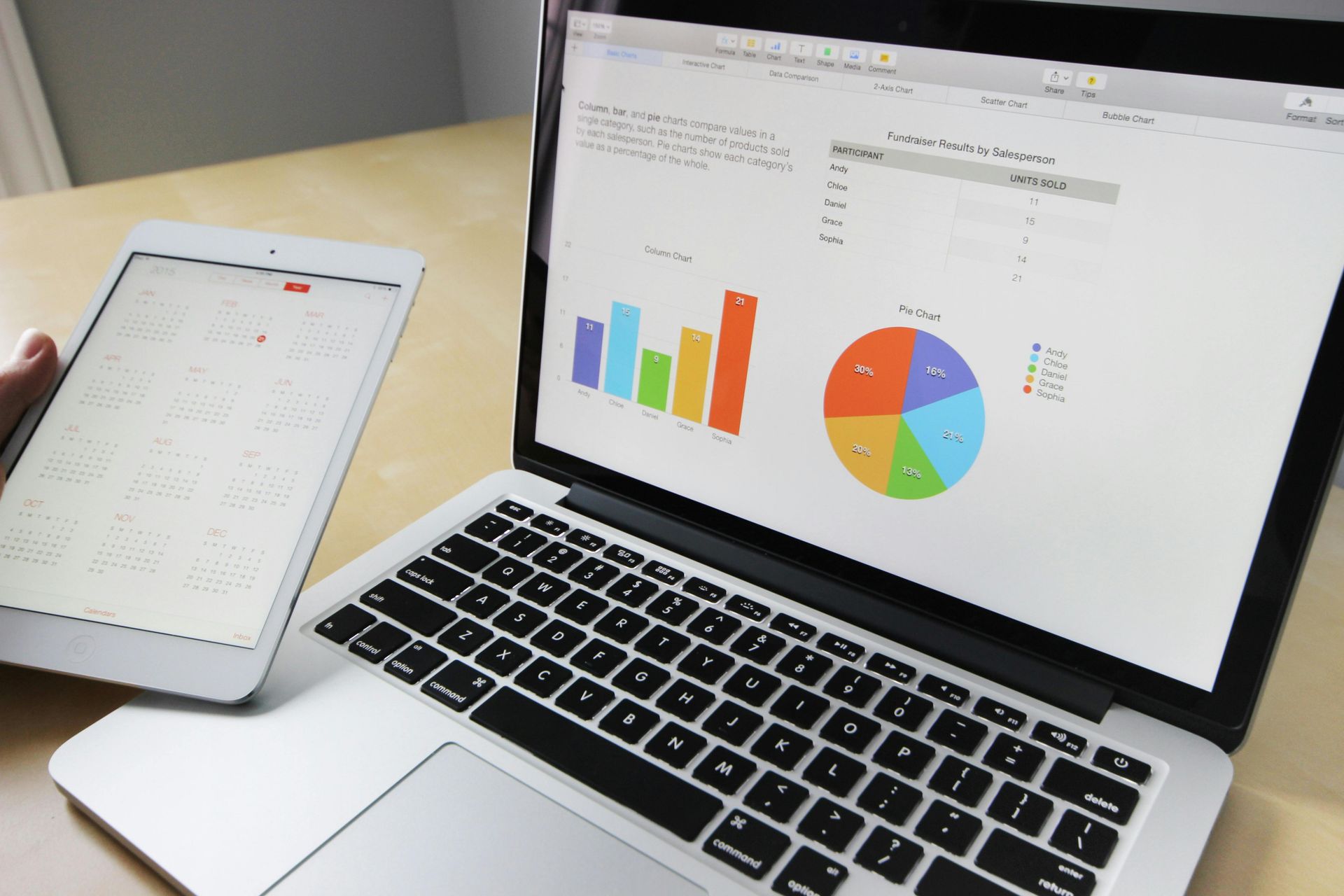Get Started with Digital Marketing and Selling Digital Products Online
In today’s digital age, selling products online has become a lucrative opportunity for entrepreneurs, creators, and small business owners. Digital products, such as eBooks, online courses, templates, and software, are especially appealing due to their low overhead costs and scalability. However, success in this space requires a solid understanding of digital marketing. This article will guide you through the essential steps to get started with digital marketing and selling digital products online.
1. Identify Your Niche and Audience
The first step in selling digital products is to identify a niche that aligns with your expertise or passion. A niche helps you stand out in a crowded market and attract a specific audience. Research trending topics and problems that people are willing to pay to solve. For instance, if you’re skilled in graphic design, you could create templates for social media or branding.
Once you’ve chosen a niche, define your target audience. Understand their demographics, pain points, and online behavior. Tools like Google Trends, social media insights, and forums such as Reddit can help you gauge demand and interest. A clear understanding of your audience will shape your product creation and marketing strategy.
2. Create High-Quality Digital Products
Your digital product is the foundation of your online business. Focus on creating something valuable that addresses a specific need or problem. Whether it’s an eBook, a video course, or a downloadable resource, ensure it’s well-designed, easy to use, and delivers on its promises. Use tools like Canva for design, Teachable for courses, or Gumroad for selling downloadable content.
Quality matters. Invest time in research, formatting, and user experience. Additionally, consider offering a freebie or low-cost entry product to build trust and attract potential customers. For example, a free checklist or mini-guide can serve as a lead magnet to grow your email list.
3. Build an Online Presence
To sell digital products, you need a platform to showcase your offerings and connect with your audience. Start by creating a simple website using platforms like WordPress, Wix, or Squarespace. Your website should include a homepage, product pages, a blog for content marketing, and a contact page.
Next, establish a presence on social media platforms where your audience hangs out. Whether it’s Instagram, LinkedIn, or Pinterest, use these channels to share valuable content, engage with followers, and drive traffic to your website. Consistency is key—post regularly and interact with your community to build trust and credibility.

4. Master Digital Marketing Basics
Digital marketing is the engine that drives sales for your digital products. Start with content marketing by creating blog posts, videos, or podcasts that educate and entertain your audience. Optimize your content for search engines (SEO) using relevant keywords to attract organic traffic.
Email marketing is another powerful tool. Build an email list by offering free resources and use platforms like Mailchimp or ConvertKit to send newsletters, promotions, and updates. Additionally, explore paid advertising on Google Ads or social media platforms to reach a wider audience. Start with a small budget to test different ads and refine your approach.
5. Launch and Scale Your Business
Once your product and marketing strategies are in place, launch your digital product with a well-planned campaign. Offer limited-time discounts or bonuses to create urgency. After the launch, gather feedback from customers to improve your product and marketing efforts.
To scale, consider affiliate marketing by partnering with influencers or bloggers to promote your products for a commission. You can also create upsells or bundle multiple products to increase revenue per customer.
Conclusion
Getting started with digital marketing and selling digital products online requires planning, creativity, and persistence. By identifying your niche, creating valuable products, building an online presence, and leveraging digital marketing strategies, you can turn your ideas into a profitable online business. Start small, learn from your audience, and continuously adapt to grow in this dynamic digital landscape.


